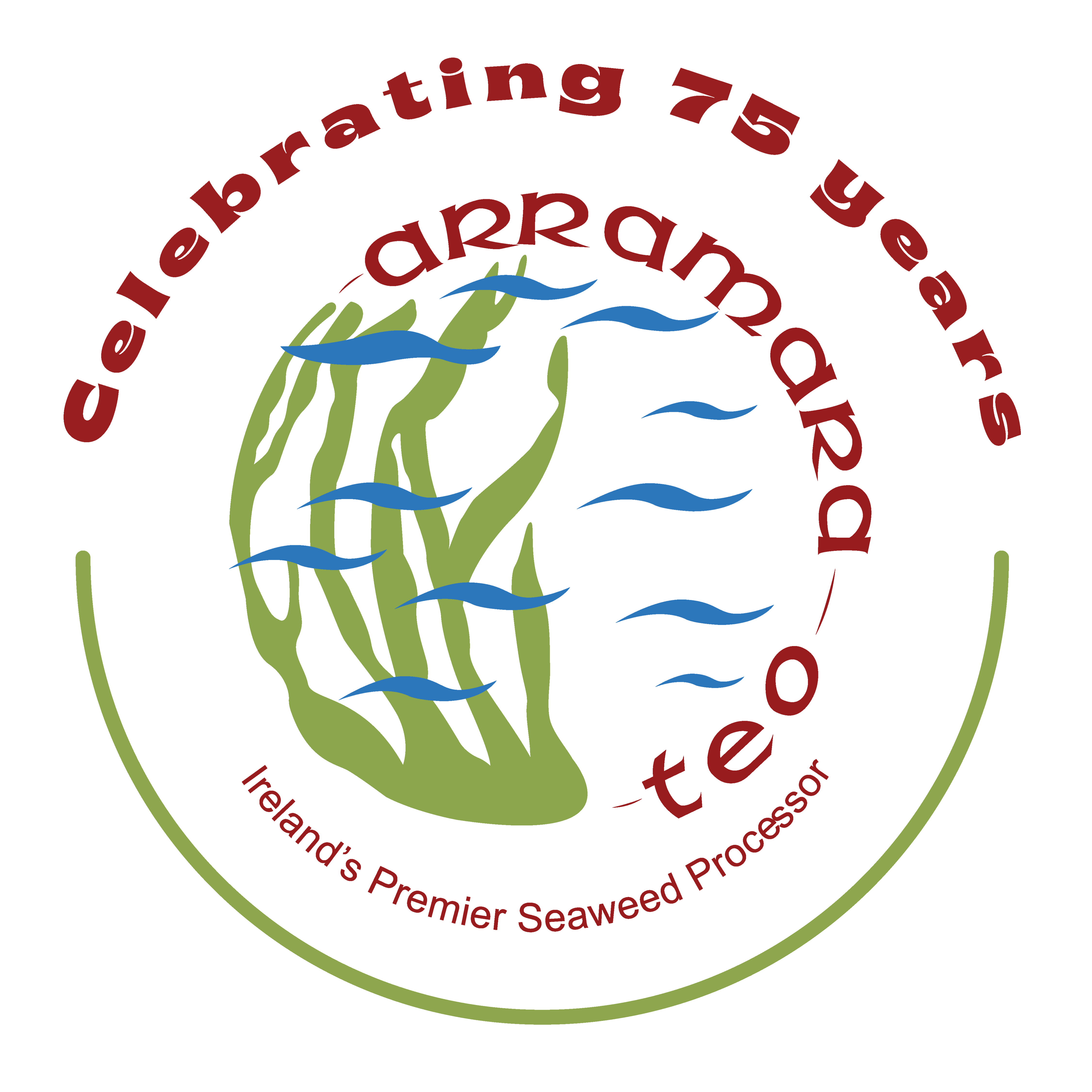The author, Charlène Linderhof, is an Arramara / Science Foundation Ireland (SFI)-funded PhD student starting at the National University of Ireland, Galway this year. She will look at the impact of traditional sickle harvesting and boat and rake harvesting methods on seaweed and associated fauna. The following blog gives us some initial background on her important research.
Ascophyllum nodosum (rockweed) is an ecosystem engineer, which means that rockweed alters its direct environment. For example, rockweed can dampen the effects of waves and erosion on the coast and protects other organisms from sunlight and drying out. In this way, rockweed can form an important habitat for many marine species such as red and green seaweeds and sponges. Many herbivores (plant-eaters like snails) benefit from these seaweeds as they create a food source and provide a refuge from predators. The rockweed canopy also forms complex underwater structures that can be used as nurseries and feeding grounds by several fish species such as pollack.
As a PhD researcher at the National University of Ireland, Galway, I’m working within a team of marine and environmental biologists to compare the effects of harvesting techniques on the ecosystems. We will look at the direct effects of biomass removal and the natural recovery of the ecosystem in the years after harvesting. By comparing the effects of the traditional cutting method using the sickle and boat and rake harvesting methods, we expect to develop accurate and science-based recommendations for rockweed harvesting in Ireland to allow for a sustainable and environmentally friendly use of the resource. Stay tuned, I hope to provide updates on our research activities as our study progresses.
